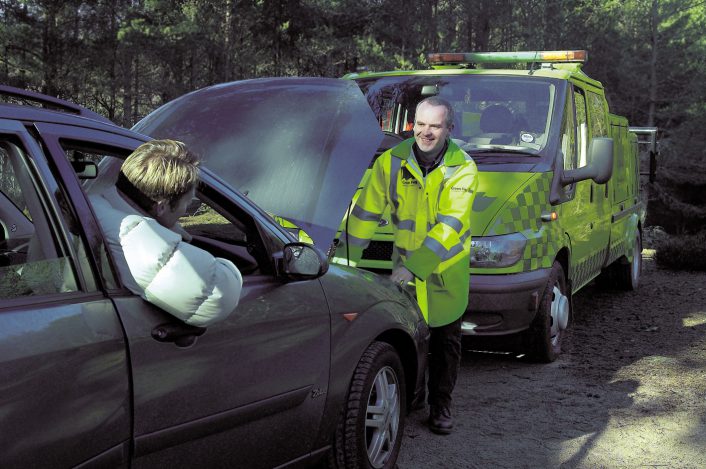
A car doesn’t have to have been completely submerged or washed away by a river to be so seriously damaged it’s beyond repair. Fortunately there are ways to tell whether a car has been damaged by flood water. And with flooding frequently affecting many parts of the country, hundreds of cars can suffer water logging.
As many as 70 per cent of flooded cars are written off by insurers. Rather than being left out of pocket (as the pay-out is typically less than a like-for-like replacement would cost), car industry experts believe many owners will try to shift their cars onto unsuspecting buyers.
Alan Cureton, Manheim auctions’ dealer sales director said: “We already know that some less-damaged vehicles are being offered for sale. Car buyers should be extra cautious about water damage over the coming months.”
To the unwary, it’s relatively easy to buy a car that’s been flooded and be none the wiser until things start to go wrong. If water gets into an engine it can result in catastrophic failure later in the car’s life, while electrical systems can take time to play up before failing completely. Follow our pointers on how not to make the mistake of buying a flood-damaged car.
Are the windows misted up?
Continue reading →
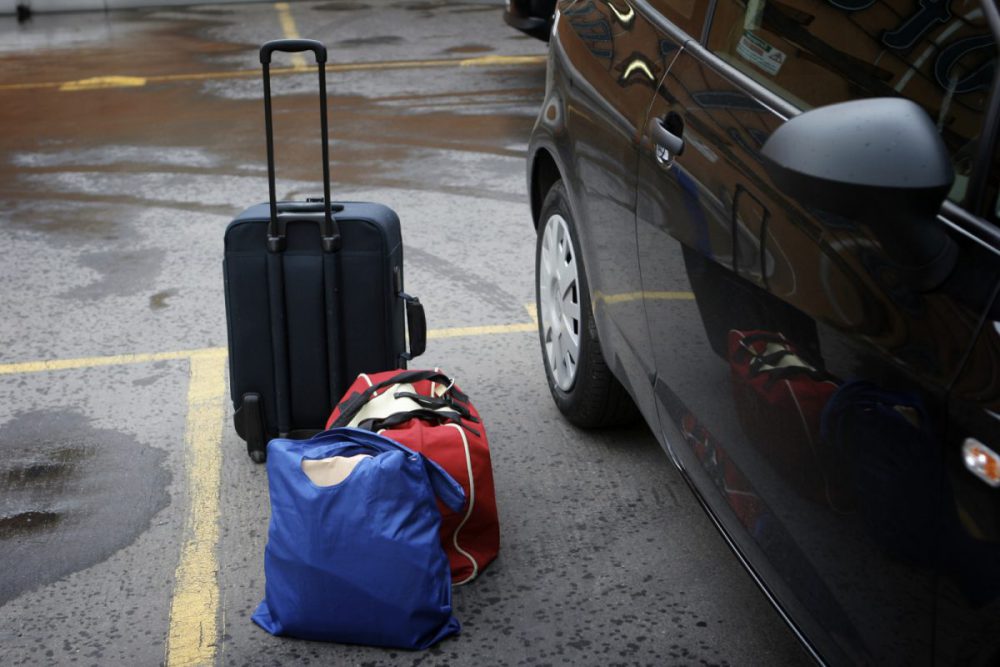


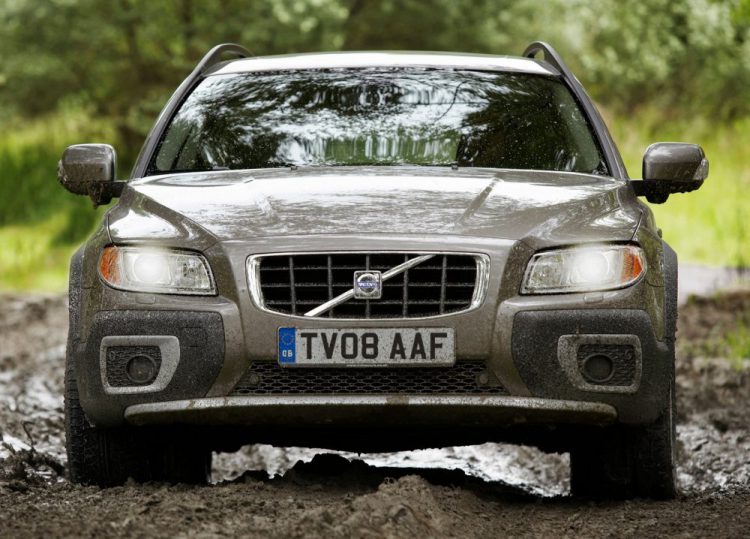
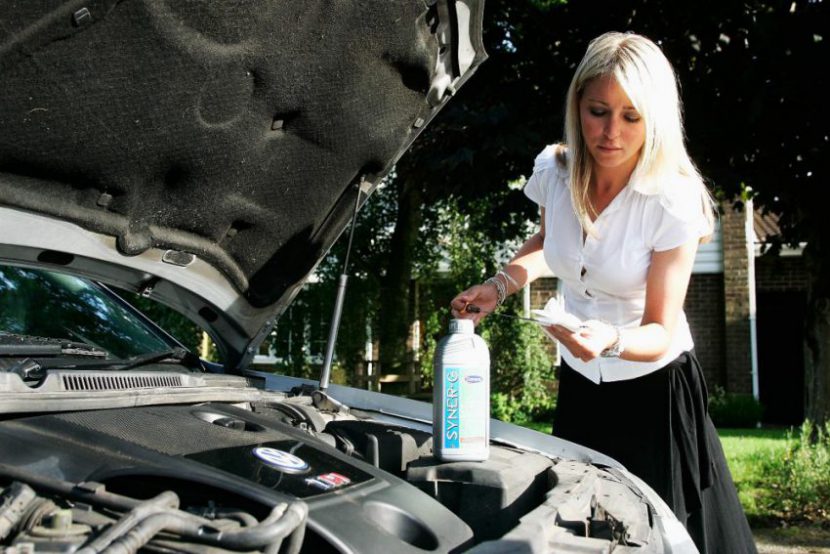
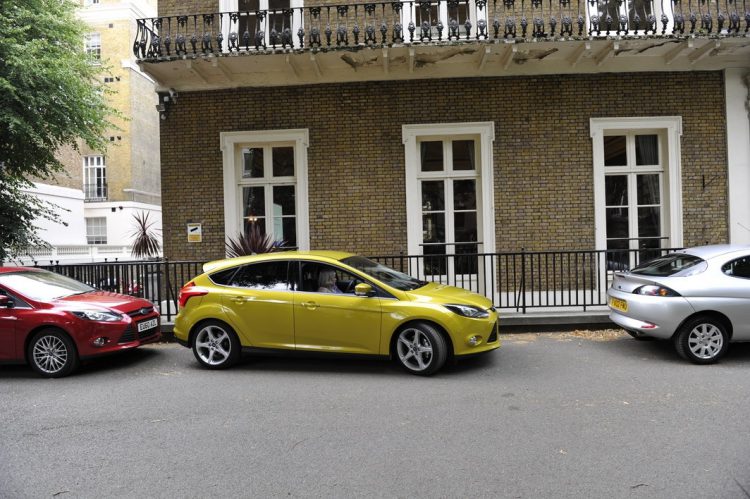


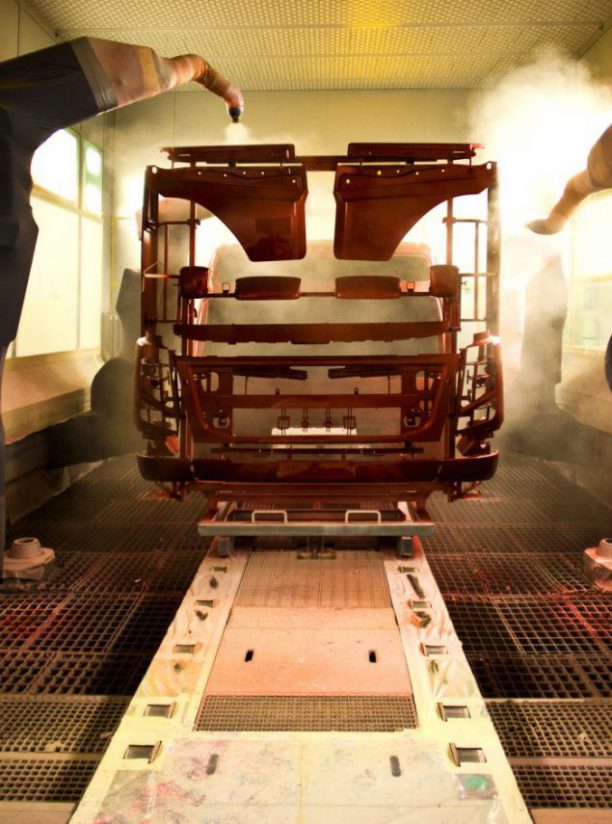 If you care about your car, or more to the point, about how much it will be worth when the time comes to sell it, you need to know about what will devalue it. From smoking inside to letting kids run riot, there are many ways to inflict lasting damage that will put buyers off your motor. Here are the top 10 that drivers would do well to avoid.
If you care about your car, or more to the point, about how much it will be worth when the time comes to sell it, you need to know about what will devalue it. From smoking inside to letting kids run riot, there are many ways to inflict lasting damage that will put buyers off your motor. Here are the top 10 that drivers would do well to avoid.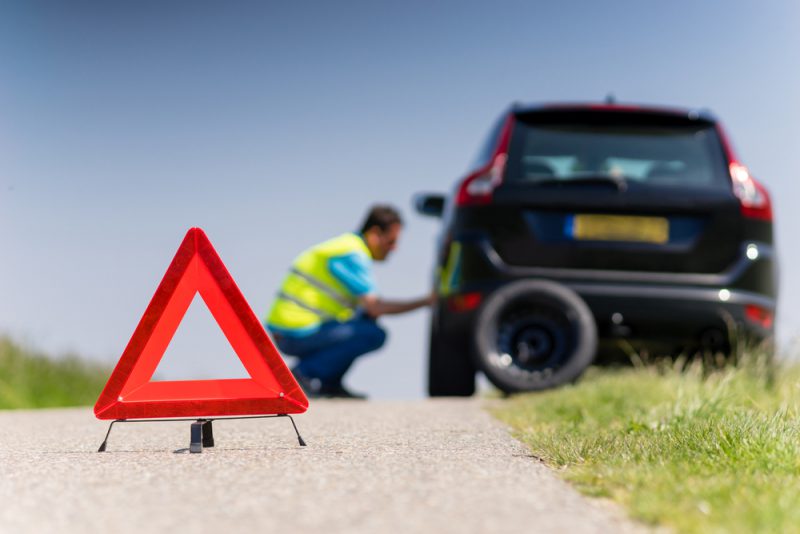 shutterstock / Fotosenmeer
shutterstock / Fotosenmeer ©
© 
 There are approximately two million new car and seven million used car sales every year in the UK. For most of those drivers, the greatest dilemma is how to is sell their old car to help fund buying the new model.
There are approximately two million new car and seven million used car sales every year in the UK. For most of those drivers, the greatest dilemma is how to is sell their old car to help fund buying the new model.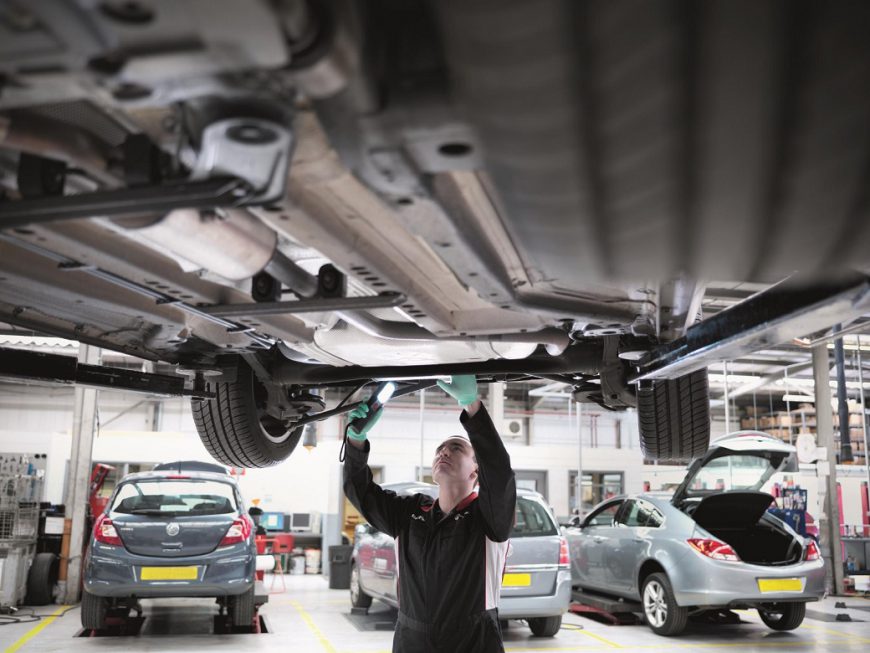 The £54.85 MOT test is often seen as an annual expense drivers could do without, but it’s an important safety check that must not be ignored.
The £54.85 MOT test is often seen as an annual expense drivers could do without, but it’s an important safety check that must not be ignored. ©
©  © Falken
© Falken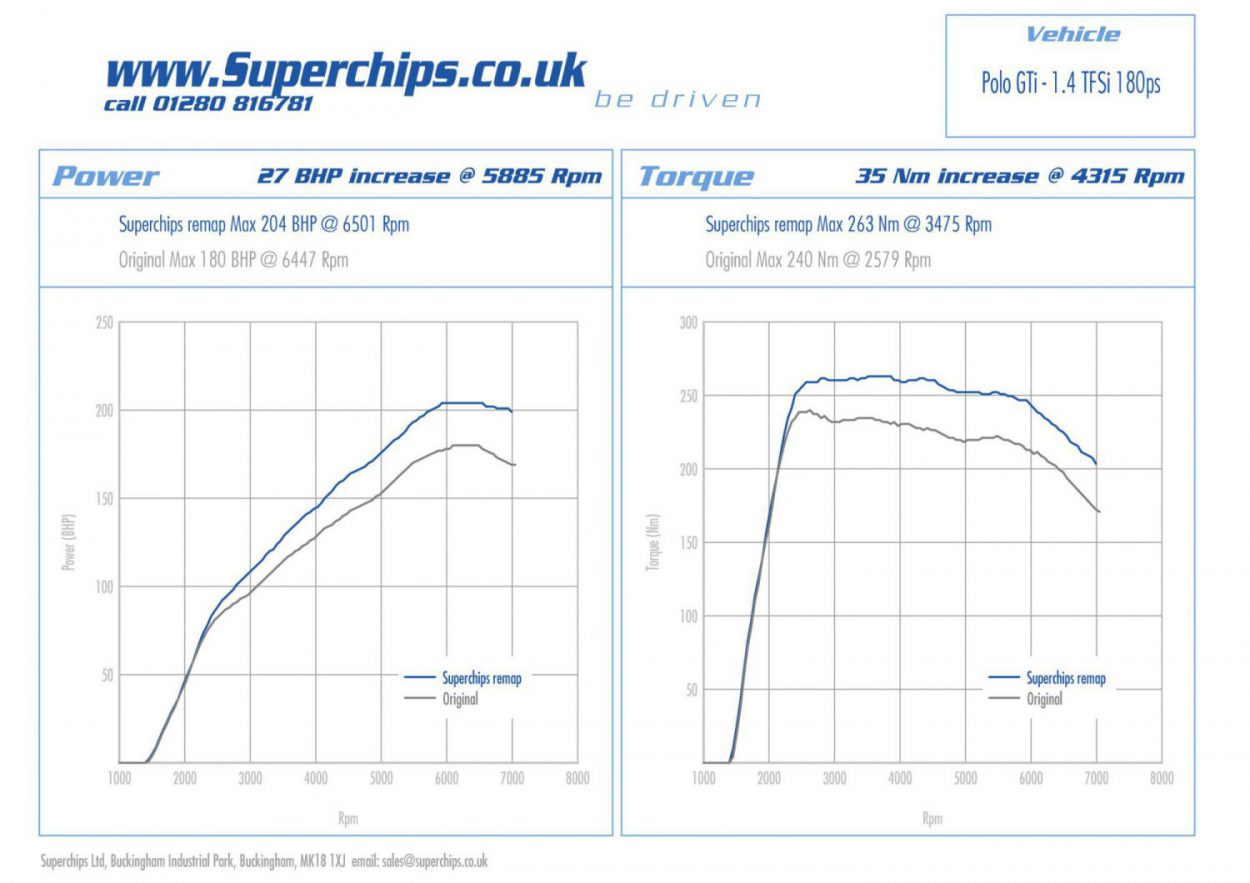 ©
© 
 pandara / Shutterstock
pandara / Shutterstock